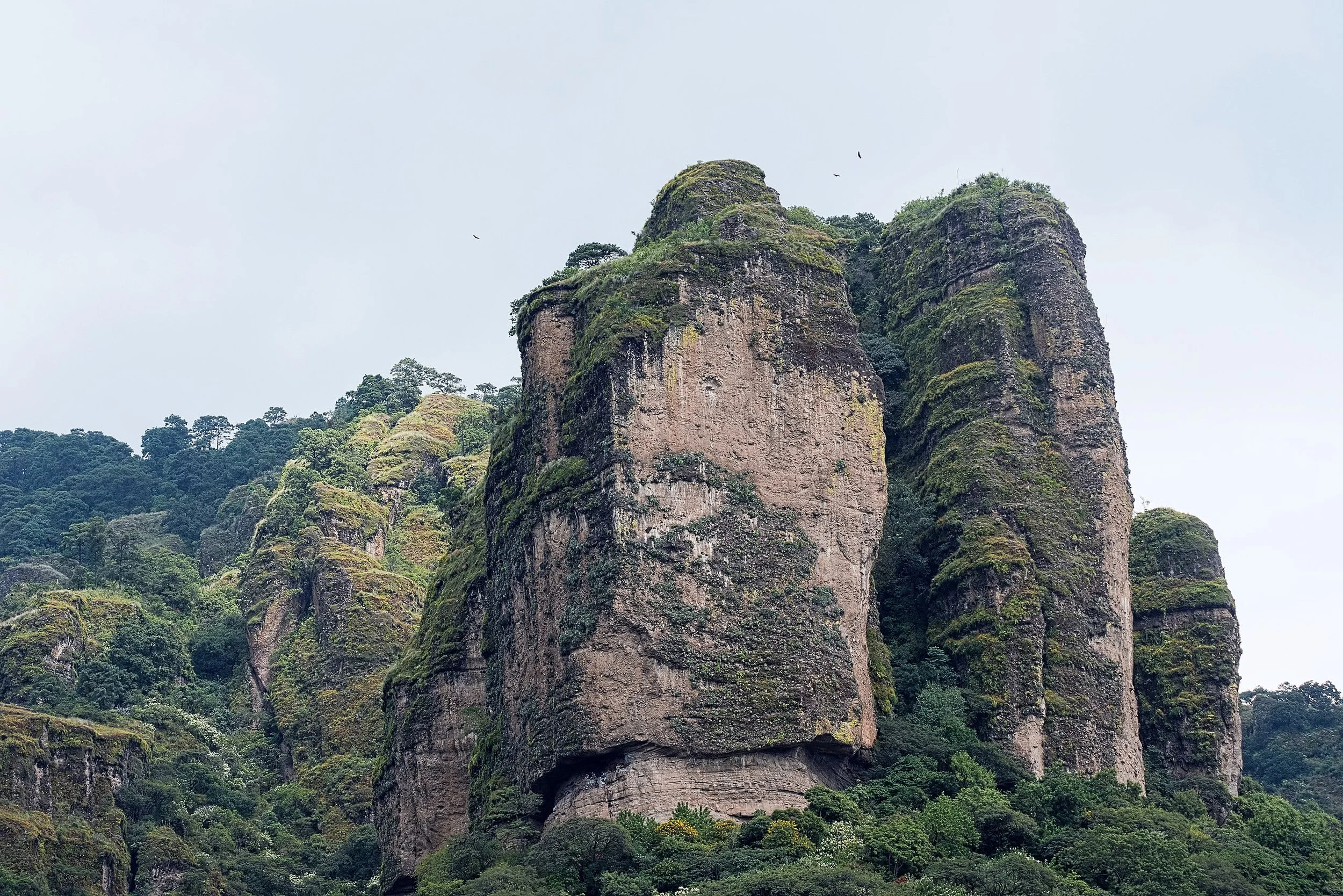The Quetzalcoatl and Mexico’s Healing Waters
Among the steamy embrace of Tepoztlán's hot springs, whispers of a benevolent deity echo within the ancient Aztec mythology.
Quetzalcoatl, the feathered serpent god associated with wisdom, creation, and wind, occupies a central place in this legend, believed to have gifted these healing waters to the people of Tepoztlán.
His most iconic depiction is as a majestic serpent adorned with vibrant feathers, symbolizing the intertwining of earth and sky, heaven and humanity. Associated with this celestial body, Quetzalcoatl embodies cycles of change, rebirth, and transformation.
He is credited with knowledge, artistry, and the invention of writing, music, and calendars, shaping human civilization.
Tepoztlán, Mexico
The hot springs in Tepoztlán are deeply intertwined with the legend of Quetzalcoatl, with the deity often associated with the healing waters. Quetzalcoatl — the “Feathered Serpent” in Nahuatl — remains one of Mesoamerica’s most revered deities, linked to creation, wind, learning and the morning star and this is its birthplace.
Quetzalcoatl was born in Amatlán, a mere 15-minute drive from the town Tepoztlán within the same municipality. It’s said that for over 1,000 years, Indigenous pilgrims have trekked these mountains to reach the god’s legendary birthplace.
The Tepoztlán mountains are well known for their magnificent beauty and their electromagnetic energy, which you may feel when arriving. Don’t miss Poza Nahualatl, a natural pool where Quetzalcoatl is said to have bathed — the water still feels charged with ancient energy.
Explore one of Mexico’s best pueblo mágicos, where mystical peaks meet charming streets. Over the centuries, Tepoztlán has earned its reputation as Mexico’s most powerful spiritual center. The region’s natural power comes from nearby volcanoes, rivers, lakes, waterfalls and mineral springs. Stand anywhere in the valley and you can tap into its buzzing, electric quality that seems to emanate from the earth itself.
The town sits at the intersection of Mexico’s Trans-volcanic Belt and the Balsas Depression, making it a transition zone between two major geological and biogeographical regions: the Tropical Nearctic Zone, extending north, and the Neotropical Zone, which runs south.
Kawilal Hot Springs, Guatemala
As one of the many hot springs in Guatemala, Kawilal hot springs complex utilizes waters heated by the Pacaya Volcano and offers a range of thermal pools, steam baths, and hydrotherapy, making it a popular destination for those seeking relaxation and healing, possibly linked to the Quetzalcoatl legend through the association of water and healing.
One myth describes Quetzalcoatl and his brother Tezcatlipoca transforming into serpents to slay the monstrous goddess Cipactli, whose body was then used to create the earth, including forests, flowers, springs, and caves.
Quetzalcoatl is associated with the concept of healing, and in some interpretations, his association with water and the cycles of nature might extend to the healing properties of various water sources, including hot springs.
Parque Quetzalcóatl, Mexico
This architectural wonder, designed by Javier Senosiain, features a large serpent structure inspired by the Quetzalcoatl myth, blending organic design with nature, but is not a hot springs location.
Resources for Quetzalcoatl's Story
"The Aztec Gods" by Alfredo López Austin: This book offers a thorough investigation of Aztec deities, including Quetzalcoatl's various roles and their significance in Aztec culture.
"Myths of the Aztecs" by Richard Hamrishion: This collection presents translations of Aztec myths and legends, potentially including narratives featuring Quetzalcoatl.
National Anthropology Museum, Mexico City: Visiting this museum and its Aztec collection allows for visual representation and further understanding of Quetzalcoatl's iconography and symbolism.
"The Feathered Serpent and Smoking Mirror: A Guide to the Aztec Gods" by Karl Taube: This comprehensive guide delves into the symbolism and interpretations surrounding Quetzalcoatl, providing deeper understanding of his multifaceted nature.



